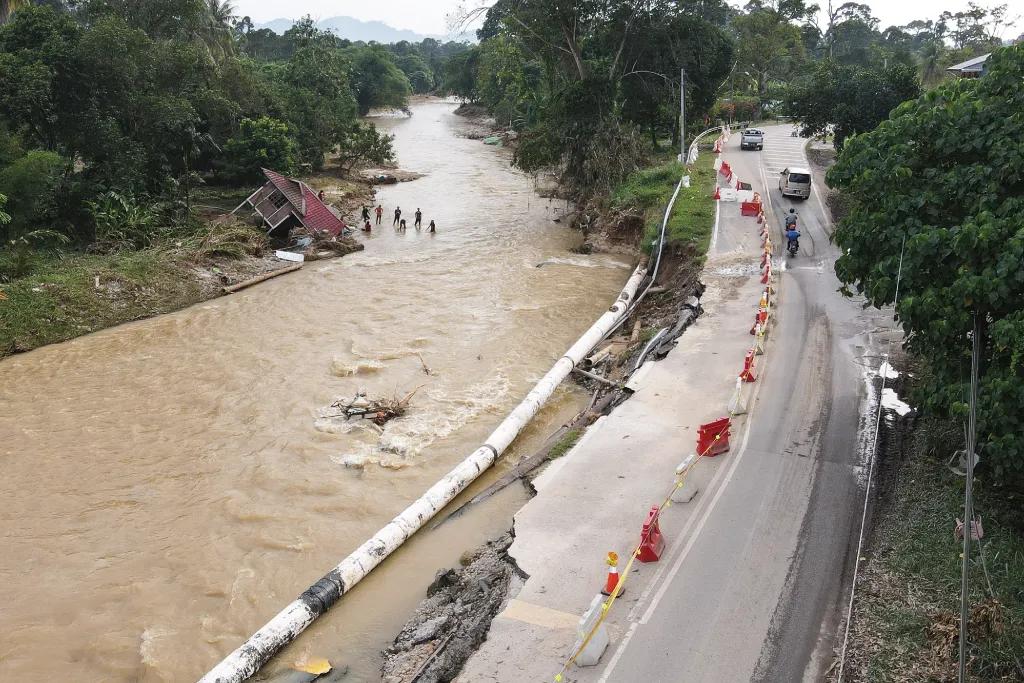The Bigger Picture: Actuarial Work in Climate Change
Climate change refers to long-term shifts in temperature and weather patterns, which lead to threats such as food and water scarcity, flooding, extreme weather and related economic losses. The World Health Organization (WHO) calls climate change the greatest threat to global health in the 21st century.
A large part of actuarial work is to identify and quantify threats to the long-term viability and financial sustainability of the insurance industry. Climate change is becoming an increasingly prominent aspect of actuarial work, with climate change being identified as a significant threat to insurance companies, affecting claims frequency, claims severity, investment returns as well as business volume.
Climate change impacts the financial system of the insurance industry through two main channels — physical risks and transition risks. Physical risks refer to first-order risks arising from weather-related events. These can then be further categorised into acute risks and chronic risks.
Acute risks comprise events such as flooding and landslides that are short term in nature. For the insurance company, this can lead to increased claim events such as property damage, business interruption and hospitalisation claims. They can also be disruptive to the insurance company’s operations, especially where business continuity plans are not sufficiently robust. Indirectly, this also causes a loss of income for customers of insurance companies and increasing cancellations of insurance policies, leading to reduced sales and liquidity for the insurance company.
Chronic risks are risks arising from long-term effects such as rising sea levels and extreme temperatures. For example, long-term changes to sea levels can cause infrastructural damage in coastal regions, leading to increased property-related claims, while changing temperature levels will have an impact on human health, potentially resulting in higher medical-related claims.
Transition risks refer to risks arising from responses to climate change within the economy and society. These can stem from policy risks, legal risks, technology risks, market risks and reputational risks. One common concern within the insurance industry is the significance of stranded assets in the investment portfolio. Insurance companies collect premiums in advance and pay claims later, thus relying significantly on the investment performance of the premiums collected.
Stranded assets refer to assets that have suffered or assets that are potentially expected to suffer from unanticipated or premature write-downs, devaluations or conversion to liabilities. Most recently, climate-related stranded assets typically relate to investment holdings in high-carbon sectors such as upstream energy producers and electrical utilities. The current trend of moving away from fossil-fuel-driven energy toward renewable energy has increased the risk of investment losses from these stranded assets.
While some implications of climate change are becoming clearer, there remain significant uncertainties in the insurance industry. Do we know whether higher temperatures and humidity in the long term will affect our health and physical well-being? Will this impact be exacerbated if air pollution continues to increase? On the other hand, it is not all doom and gloom for the insurance industry. Is climate change positive for the insurance industry as it creates a higher demand for insurance protection?
While the actuarial profession does not have all these answers today, actuaries are continuously working towards identifying and quantifying possible scenarios of climate change. This is done through qualitative techniques in risk management to generate potential scenarios as well as quantitative techniques such as actuarial loss modelling and stochastic modelling. The aim is to better understand the long-term implications of climate change and develop mitigation strategies to ensure the long-term viability and financial sustainability of insurance companies.
Nicholas Yeo
School of Mathematical Sciences
This article was first published in The Edge Markets, 13 June 2022.




